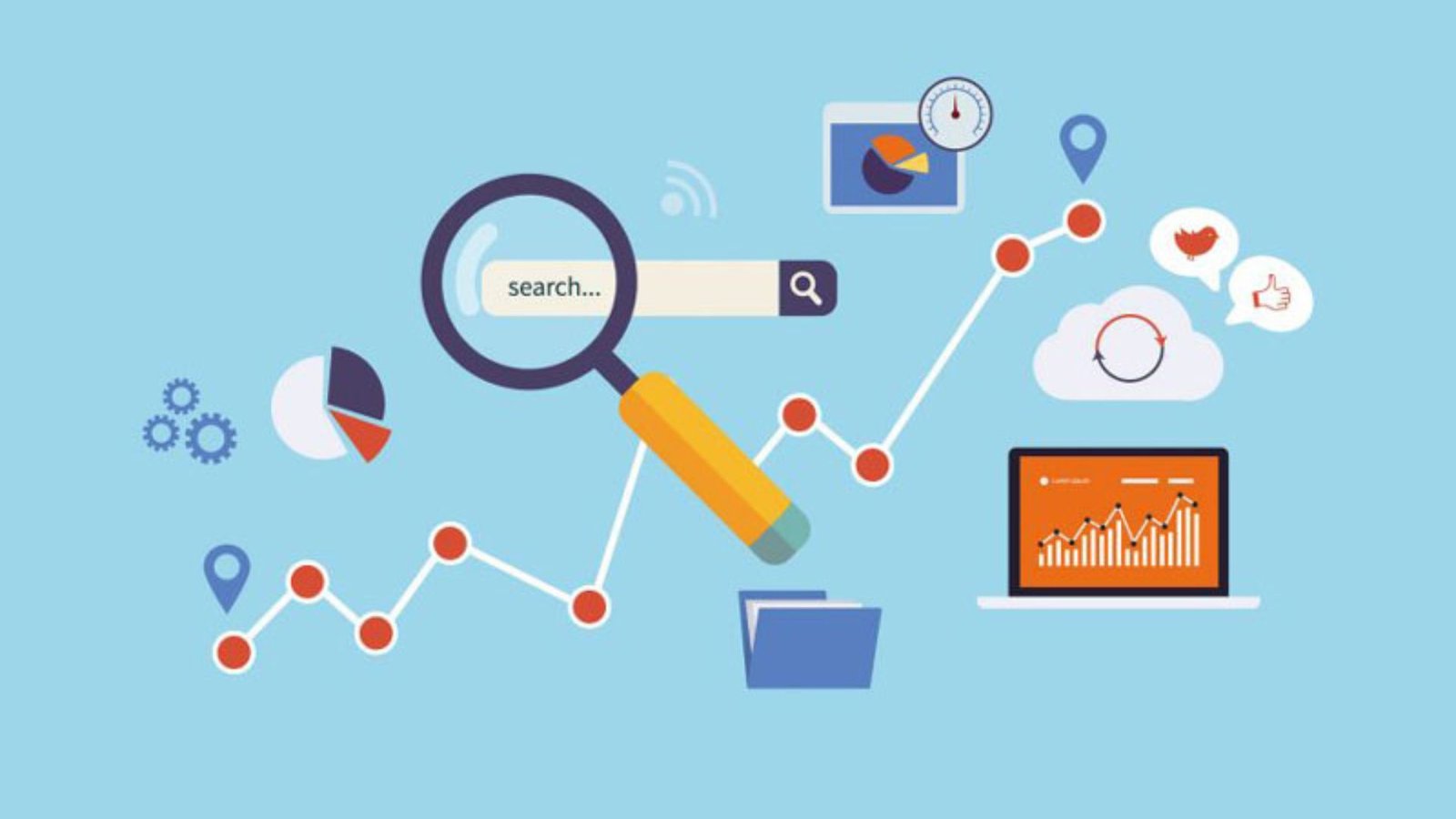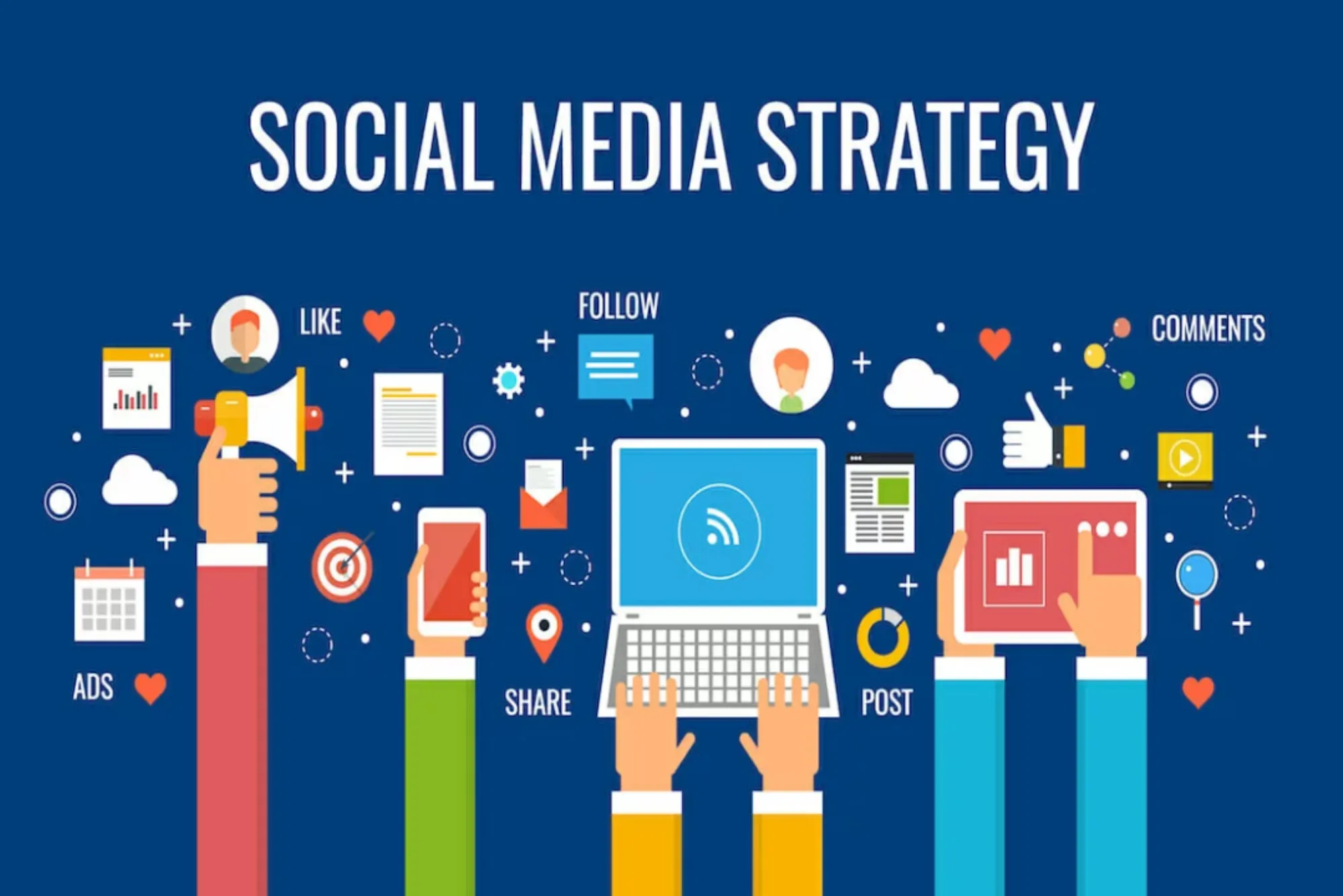Social media analytics is no longer optional for brands and creators. In 2025, understanding your data can make the difference between content that resonates and content that gets ignored. Analytics provide insights into audience behavior, content performance, and overall trends. By using these insights strategically, you can boost engagement, increase reach, and refine your social media strategy effectively.
Track Key Metrics Consistently
The first step in using social media analytics is tracking the right metrics consistently. Metrics like likes, shares, comments, click-through rates, and follower growth show how your audience interacts with your content. For example, high shares indicate that content resonates, while low engagement may suggest the need for adjustment. By monitoring these metrics regularly, you can identify what works and what doesn’t. Tools such as Meta Business Suite, TikTok Analytics, and LinkedIn Insights provide real-time data to help you make informed decisions.
Understand Audience Behavior
Analytics reveal more than just numbers; they uncover audience behavior patterns. By analyzing when your followers are most active, what content formats they prefer, and which topics generate discussions, you can tailor your posts to meet their needs. In 2025, audiences expect personalized and relevant content. For instance, if data shows your followers engage more with video content in the evenings, schedule your posts accordingly. Understanding these preferences boosts engagement and fosters loyalty.
Optimize Content Strategy
Once you gather insights, you can optimize your content strategy. Identify top-performing posts and analyze why they succeeded. Was it the caption, visuals, timing, or topic? Use these insights to replicate successful strategies in future campaigns. Similarly, underperforming content offers lessons on what to avoid. By refining your strategy based on real data, you increase the chances of producing content that captures attention and encourages interaction.
Set Clear Goals and Benchmarks
Social media analytics works best when paired with clear goals and benchmarks. Decide what engagement looks like for your brand. Is it more comments, shares, or website clicks? Once goals are set, track performance against these benchmarks. Analytics help determine if you are meeting targets and where improvements are needed. Setting measurable objectives allows you to adjust campaigns in real time, ensuring consistent growth and higher engagement.
Use A/B Testing
A/B testing is a powerful technique to improve engagement. Social media analytics can guide which variations of content to test, such as different headlines, visuals, or posting times. By comparing performance, you learn what resonates best with your audience. In 2025, A/B testing helps brands make data-driven decisions, reducing guesswork and increasing the likelihood of success. Small adjustments based on analytics often yield significant results.
Monitor Competitor Performance
Social media analytics also allows you to study competitors. Analyzing their engagement rates, content types, and posting schedules helps identify gaps and opportunities for your brand. Observing what works for competitors can inspire ideas while highlighting areas where you can differentiate. This competitive insight ensures that your strategy remains relevant and impactful.
Leverage Advanced Analytics Tools
Advanced analytics tools in 2025 offer predictive insights and AI-driven recommendations. Platforms like Sprout Social, Hootsuite, and Later provide detailed reports on engagement trends, audience demographics, and content reach. AI tools can even suggest optimal posting times or content formats based on historical data. Leveraging these tools makes it easier to act quickly and improve engagement without extensive manual effort.

Adapt and Iterate Regularly
The final step is to adapt and iterate based on insights. Social media trends change rapidly, and audience preferences evolve constantly. Analytics reveal these shifts, allowing you to modify your strategy proactively. Regularly reviewing performance, experimenting with new formats, and staying updated on platform changes ensures sustained engagement growth. Brands that act on analytics promptly stay ahead of competitors and maintain meaningful connections with their audience.
Conclusion
Social media analytics is a powerful tool for boosting engagement in 2025. By tracking metrics, understanding audience behavior, optimizing content strategies, and leveraging advanced tools, brands can create more impactful campaigns. Setting clear goals, conducting A/B tests, monitoring competitors, and iterating regularly ensures your content resonates and drives meaningful interactions. Analytics transforms raw data into actionable insights, helping brands engage audiences effectively and stay relevant in the ever-changing social media landscape.











